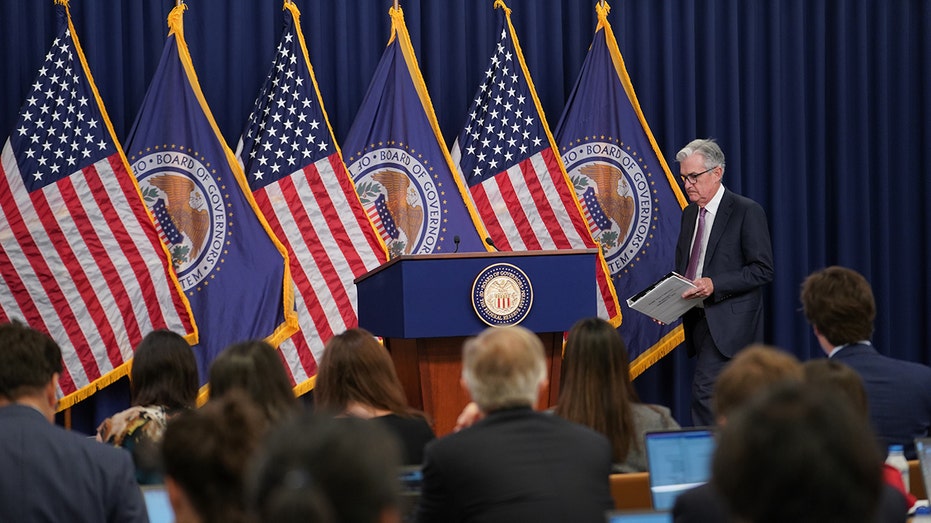Final GDP reading likely to confirm US economy entered a recession in the spring
Refinitiv economists forecasting an unrevised decline of 0.6% in second quarter
Fed’s inflation response will drive America into ‘deep recession’: Jeremy Siegel
Wharton business school professor Jeremy Siegel analyzes the Federal Reserve’s policies, warning that the Fed’s actions will make a "deep recession" inevitable.
Did the U.S. economy actually slide into a recession in the first half of the year? New data that will be released by the government on Thursday morning could shed light on the pivotal question.
The Commerce Department is set to post the third and final estimate for second-quarter gross domestic product at 8:30 a.m., along with updated growth figures for the past five years — a process it performs annually.
GDP, the broadest measure of goods and services produced in the nation, officially shrank at a 1.6% annualized pace in the three-month period from January to March and declined a 0.6% pace between April and June, meeting the criteria for a so-called technical recession.
Economists surveyed by Refinitiv expect the updated data on Thursday to be unchanged and show that growth did, in fact, shrink at a 0.6% pace in the spring.
SEVERE RECESSION NEEDED TO COOL INFLATION, BANK OF AMERICA ANALYSTS SAY
Recessions are technically defined by two consecutive quarters of negative economic growth and are characterized by high unemployment, low or negative GDP growth, falling income and slowing retail sales, according to the National Bureau of Economic Research (NBER), which tracks downturns.

Contractors stand on the roof of a house under construction at the Norton Commons subdivision in Louisville, Kentucky, on July 1, 2022. (Luke Sharrett/Bloomberg via Getty Images / Getty Images)
With back-to-back declines in growth, the economy meets the technical criteria for a recession, which requires a "significant decline in economic activity that is spread across the economy and that lasts more than a few months." Still, the NBER — the semi-official arbiter — weighs multiple factors when calling a recession and typically takes up to a year before announcing the decision.
The NBER has stressed that it relies on more data than GDP in determining whether there is a recession, such as unemployment and consumer spending, which remained strong in the first six months of the year. It also takes into consideration the depth of any decline in economic activity.
THE FED'S WAR ON INFLATION COULD COST 1M JOBS
"Thus, real GDP could decline by relatively small amounts in two consecutive quarters without warranting the determination that a peak had occurred," the nonprofit said on its website.
The committee does not meet regularly, only when members decide it is warranted.

Jerome Powell, chairman of the U.S. Federal Reserve, arrives at a news conference in Washington on Sept 21, 2022. (Sarah Silbiger/Bloomberg via Getty Images / Getty Images)
There are growing fears on Wall Street that the Federal Reserve will trigger a downturn as it raises interest rates at the fastest pace in three decades as it races to catch up with runaway inflation.
Policymakers last week approved their fifth consecutive interest rate hike and laid out an aggressive path for future increases that will put the federal funds rate range well into restrictive territory. Fed Chair Jerome Powell also walked away from the promise of a soft landing — the delicate balance between curbing inflation without crushing growth — warning that fighting inflation warranted economic "pain."
CLICK HERE TO READ MORE ON FOX BUSINESS
"The chances of a soft landing are likely to diminish to the extent that policy needs to be more restrictive or restrictive for longer," Powell told reporters in Washington. "Nonetheless, we’re committed to getting inflation back down to 2%. We think a failure to restore price stability would mean far greater pain."

